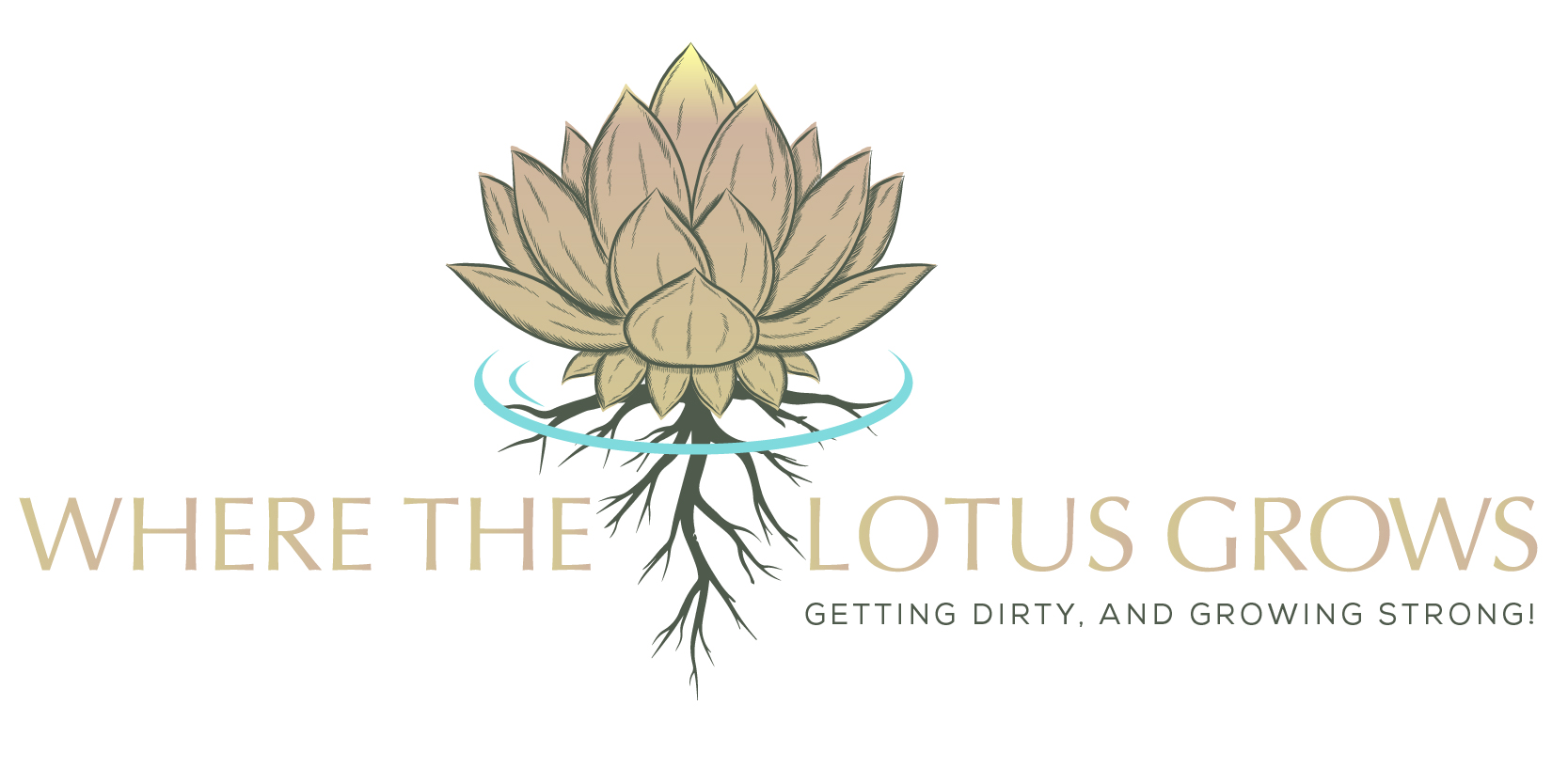Episode 23: Generosity of Mother Earth
Aromatherapy is a concentrated energy in the shape of a scent. Essential or ethereal oils consist of the concentrate of hundreds of petals, plant parts or tree resins obtained by steam distillation or a pressed then bottled. The olfactory nerve is in direct contact with the brain. The mucus membrane in our noses can discern tens of thousands of different scent molecules. Our emotional memory is particularly sensitive to scent.
Smell is the most primal sense; it alerts us to danger, guides us towards food and potential partners. The brain still responds more quickly to olfactory stimulation than to anything else. We feel security when we smell aniseed. Concentration intensifies from cypress. Happiness comes around orange blossoms. Breathing in the mildness of nature and breathe out stress.
For Kim essential oils have helped improve her digestion, sleep, and helps her to protect herself through boundaries and as a guide to healing, depression and anxiety. Kim’s current favorites for her own self care are Melissa, Neroli, Rose, Frankincense, Citrus, Palo Santo and Pink Pepper.
The word natural calls up visions of green for Kim. But as an acquaintance once said to her plants, mushrooms and animals come in all colors of the rainbow let children paint and draw in all colors. The earliest proof of the use of natural colors are cave paintings in ochre and charcoal from 40,000 years ago. Until later in the 19th century, coloring and painting were done exclusively with natural and mineral pigments such as turmeric, saffron, cochineal and indigo. These pigments have made a comeback recently because they are more environmentally friendly than chemical colorings, in production processes and usage, as well as in decomposition. Natural colorings also look more serene than synthetic hues. They catch the light better and look more lively than chemical-based saturated colors. Paintings help Kim view her relationships with others and mirrors her perspectives.
Turmeric also known circuman or Indian yellow root is the spice that gives India its golden glow. It is the pulverized root of the cucumber longs, widely used to enhance the joy of life. People use it as an ingredient for curries, as coloring agent for dishes, fabrics and skin decorations, and as natural repellent. Turmeric is also an important element in religious feasts and wedding ceremonies. The spice owes its popularity not only to its status as the earthly equivalent of sunlight but also to the anti-inflammatory effects. In Ayurveda, Turmeric is used to treat acne , scratches and small wounds. It is even said to have positive effects on diseases like thrombosis, arthritis, Alzheimer’s and Parkinson’s. Perhaps it cleanses the chakras and improves wellbeing and prosperity, and strengthen the connection to the female divinity.
-Unadulterated nature is the best provider, herbs, mood enhancers, scents, colors, healing, warming and comfort all of these resources are treasures.
Show Resources:
http://www.happinez.com/ Thank you Mother Earth by Ella Vermulen
https://www.lifespa.com/ By Dr. Drouillard
